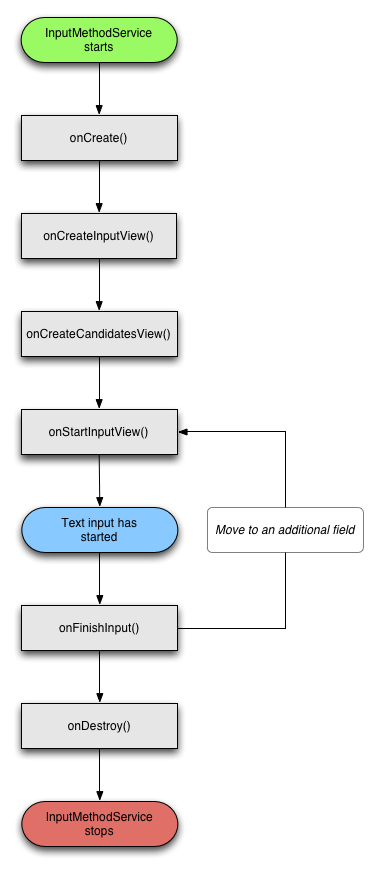1 ITextG
URL
|
Desc
| |
|---|---|---|
| 1 | http://itextpdf.com/ | IText HomePage |
| 2 | http://itextpdf.com/examples/iia.php?id=28 | IText Example |
| 3 | http://sourceforge.net/projects/itextg/ | SourceCode |
| 4 | http://www.itextpdf.com/product/itextg | ITextG |
| 5 | http://api.itextpdf.com/itext/ | API |
# License 관련 : AGPL 라이센스로, 라이브러리를 사용하면 코드를 공개해야 함.
2 iTextG
- iTextG를 사용하기 위해 libs에 itextg-5.5.0.jar 를 추가한다.
3. Code 사용
Text 사용 :: http://itextpdf.com/examples/iia.php?id=26
|
|---|
public class HelloWorldDirect { /** Path to the resulting PDF file. */ public static final String RESULT = "results/part1/chapter01/hello_direct.pdf"; /** * Creates a PDF file: hello_direct.pdf * @param args no arguments needed */ public static void main(String[] args) throws DocumentException, IOException { // step 1 Document document = new Document(); // step 2 PdfWriter writer = PdfWriter.getInstance(document, new FileOutputStream(RESULT)); // step 3 document.open(); // step 4 PdfContentByte canvas = writer.getDirectContentUnder(); writer.setCompressionLevel(0); canvas.saveState(); // q canvas.beginText(); // BT canvas.moveText(36, 788); // 36 788 Td canvas.setFontAndSize(BaseFont.createFont(), 12); // /F1 12 Tf canvas.showText("Hello World"); // (Hello World)Tj canvas.endText(); // ET canvas.restoreState(); // Q // step 5 document.close(); } } |
public class ImageDirect { /** The resulting PDF. */ public static final String RESULT = "results/part1/chapter03/image_direct.pdf"; /** The movie poster. */ public static final String RESOURCE = "resources/img/loa.jpg"; public static void main(String[] args) throws IOException, DocumentException { // step 1 Document document = new Document(PageSize.POSTCARD, 30, 30, 30, 30); // step 2 PdfWriter writer = PdfWriter.getInstance(document, new FileOutputStream(RESULT)); writer.setCompressionLevel(0); // step 3 document.open(); // step 4 Image img = Image.getInstance(RESOURCE); img.setAbsolutePosition((PageSize.POSTCARD.getWidth() - img.getScaledWidth()) / 2, (PageSize.POSTCARD.getHeight() - img.getScaledHeight()) / 2); writer.getDirectContent().addImage(img); Paragraph p = new Paragraph("Foobar Film Festival", new Font(FontFamily.HELVETICA, 22)); p.setAlignment(Element.ALIGN_CENTER); document.add(p); // step 5 document.close(); } } |
이미지 Scale 조정
|
|---|
public static final String 222 = "/mnt/sdcard/222";
public static final String RESULT =2222 + "/image_direct.pdf";
Image img = Image.getInstance(RESOURCE);
img.scaleToFit(PageSize.A4.getWidth(), PageSize.A4.getHeight());
|

